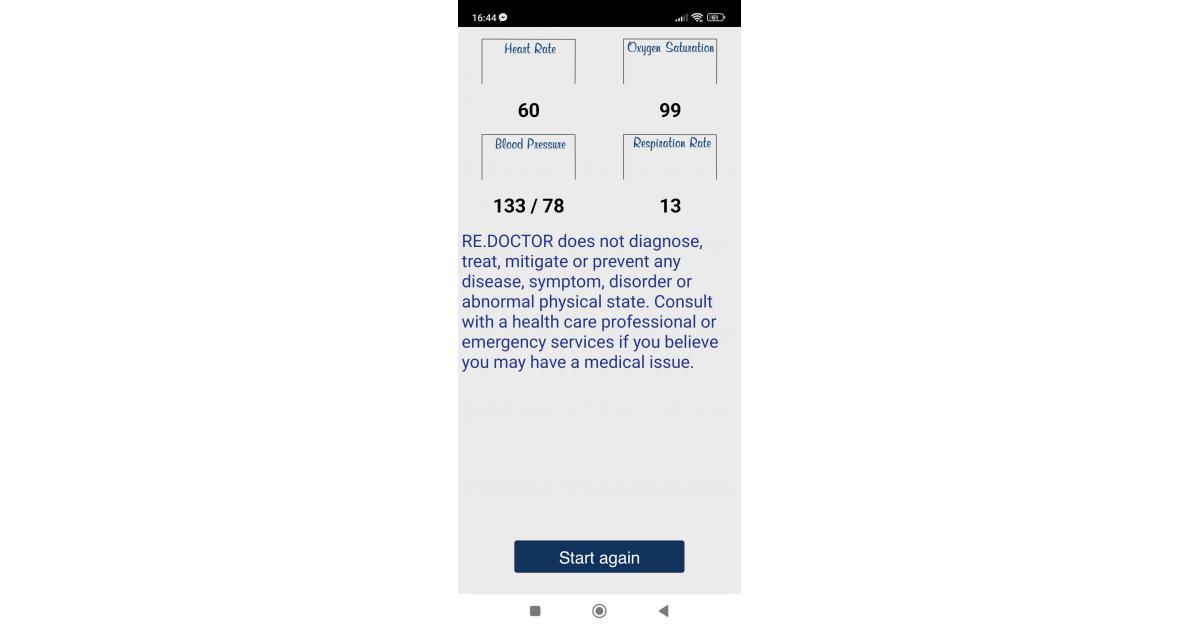One of the most commonly used devices in hospitals and clinics is the Vital Signs Monitor (SPO2, NIBP). The CMS5000B is a compact and portable monitor that allows for uninterrupted monitoring of children with its built-in battery. The monitor has a high-resolution color LCD for trend tabular and SPO2 waveforms display. It also features manual/auto/continuous measurement of NIBP and adjustable audible and visual alarms. In addition, the CMS5000B can store up to 600 groups NIBP data up to 10 hours.

The display of the CMS5000B is equipped with 7 segment LEDS for systolic, diastolic, mean pressures, SPO2 and pulse rate. It also has a 2.4" color LCD for waveforms, bargraphic, trend and system menu. The NIBP method of the CMS5000B is oscillometry, and it has operation modes of Manual, Automatic, and STAT. The auto-measure time is 5-250 minutes adjustable, with an interval of 5 minutes. The measurement range for NIBP is 10-270mmHg, and it has overpressure protection. The resolution is 1mmHg, and it has an alarm for systolic, diastolic, and mean pressure.
The SPO2 measurement range for the CMS5000B is 0-100%, with a resolution of 1%. The accuracy is 70-100% (+/-)2%, with 0-69% unspecified. The alarm range is 0-100%. The pulse rate range is 0~254bpm, with a resolution of 1bpm. The accuracy is 1bpm. There are options available, such as ECG and Thermal printer.
When it comes to choosing a pediatric pulse oximeter, there are various things to consider, such as accuracy, portability, and the ability to store data. The CMS5000B ticks all the boxes and is suitable for adult, pediatric, and neonatal patients. Pediatric pulse oximeters should meet the specific needs of children, as their bodies are different from adults. For example, a pediatric pulse oximeter should have a small sensor that fits comfortably on a child's finger or toe, and it should have a quick response time.
In conclusion, the Vital Signs Monitor (SPO2, NIBP) CMS5000B is a reliable, accurate, and portable device for monitoring the vital signs of children. Its compact size, long battery life, and the ability to store data make it ideal for use in hospitals and clinics. When choosing a pediatric pulse oximeter, it is essential to consider the specific needs of children, such as a small sensor and quick response time. The CMS5000B meets these requirements and is a great choice for healthcare professionals.